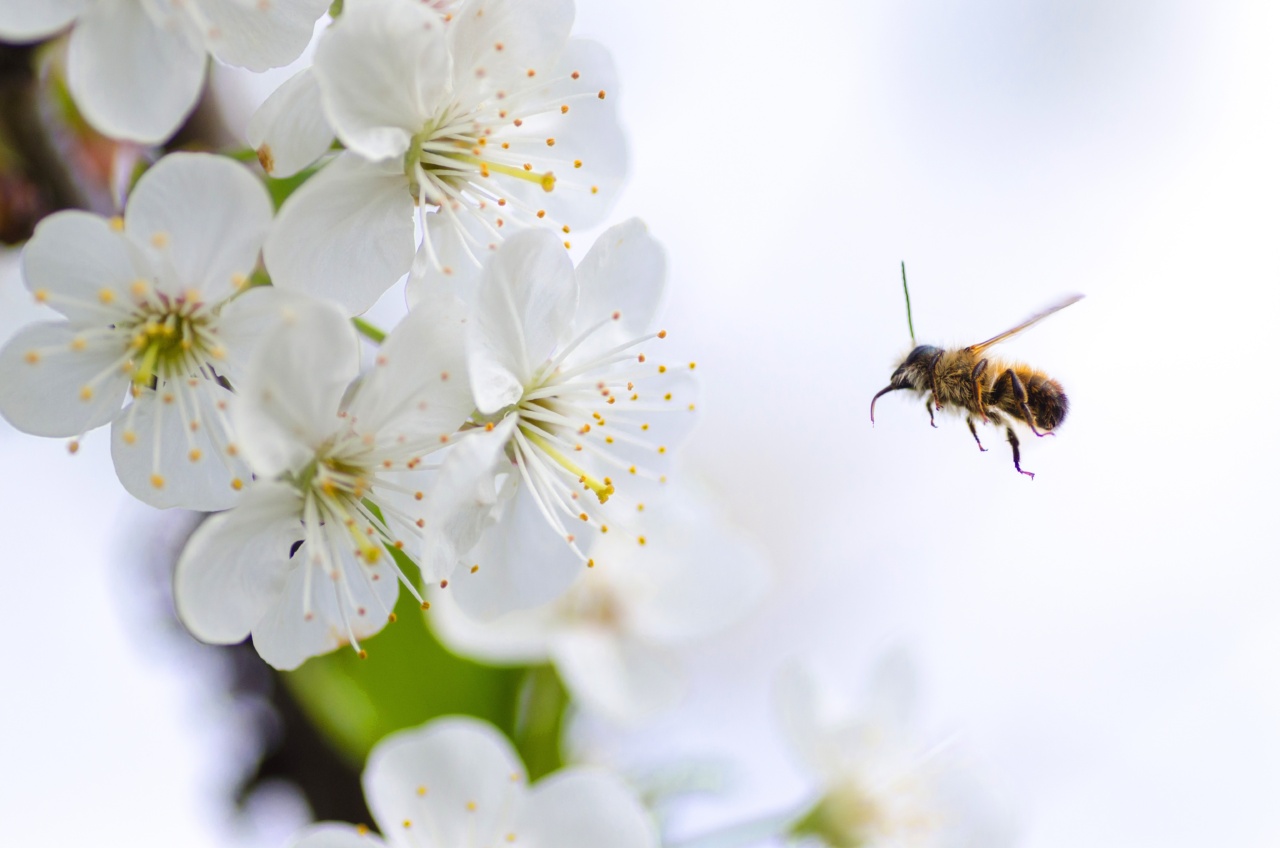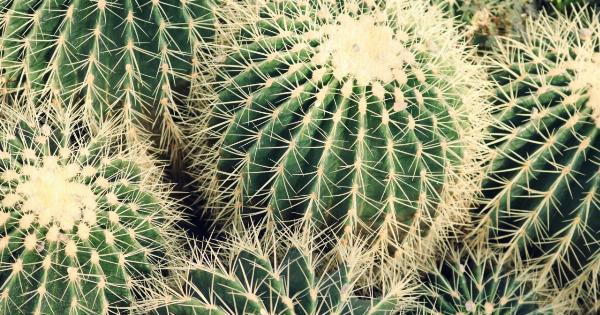Getting stung by a scholchial insect can be a painful and alarming experience. These aggressive creatures are known for their powerful venom and can cause severe reactions in humans.
However, with the right knowledge and preparedness, it is possible to survive a schochial sting and minimize the impact on your health. In this comprehensive guide, we will explore the steps you can take to protect yourself, treat a schochial sting, and maximize your chances of a full recovery.
Understanding Schochial Insects
Schochial insects, also known as schochial wasps, are a species of venomous insects commonly found in tropical and subtropical regions. They belong to the Hymenoptera order, which includes bees, wasps, and ants.
Schochial wasps are characterized by their large size, vibrant colors, and potent stingers.
These insects are highly territorial and will aggressively defend their nests. They inject venom into their victims through their stingers, causing intense pain and potential allergic reactions.
While schochial stings are rarely fatal, they can lead to severe swelling, localized pain, and systemic symptoms in sensitive individuals.
Identifying Schochial Stings
Recognizing a schochial sting is crucial for determining the appropriate course of action. When stung by a schochial insect, you may experience the following symptoms:.
- Immediate and intense pain at the sting site
- Redness, swelling, and inflammation in the surrounding area
- Formation of a raised welt or blister
- Itching and a burning sensation
- In some cases, allergic reactions may occur, leading to difficulty breathing, hives, dizziness, nausea, or even anaphylaxis
First Aid for Schochial Stings
If you or someone around you gets stung by a schochial insect, it is important to take immediate action. Follow these steps for proper first aid:.
1. Remove the Stinger
Using a pair of tweezers or your fingernails, gently scrape or pull out the stinger from the skin. Be careful not to squeeze the venom sac at the base of the stinger, as this can release more venom into the wound.
2. Cleanse the Area
Wash the affected area with soap and water to remove any debris or potential contaminants. This will help reduce the risk of infection.
3. Apply Cold Compress
Immediately after cleansing, apply a cold compress or ice pack wrapped in a cloth to the sting site. The cold temperature will help reduce pain, swelling, and inflammation.
4. Elevate the Affected Limb
If the sting is on a limb, raise it above heart level to slow down the spread of venom and minimize swelling.
5. Take Over-the-Counter Pain Relievers
If necessary, take an over-the-counter pain reliever such as ibuprofen or acetaminophen to alleviate pain and discomfort.
Seeking Medical Attention
In most cases, schochial stings can be adequately managed with first aid and self-care. However, certain situations warrant immediate medical attention. Seek medical help if:.
- The person stung experiences difficulty breathing, chest tightness, or throat swelling
- There is a history of severe allergic reactions to schochial stings
- The sting occurs in sensitive areas, such as the face, neck, genitals, or multiple areas of the body
- Redness, swelling, or pain worsen or spread beyond the sting site after 24 hours
- Infection signs such as increased pain, pus, or red streaks develop
Preventing Schochial Stings
Prevention is always better than dealing with the aftermath of a schochial sting. Follow these tips to reduce your risk:.
- Avoid disturbing or provoking schochial nests
- Wear protective clothing, such as long-sleeved shirts, long pants, closed-toe shoes, and gloves, when in potential schochial-infested areas
- Keep food and drinks covered when outdoors to prevent attracting schochial insects
- Use insect repellents containing DEET or picaridin on exposed skin to deter schochial wasps
- Stay calm and still if a schochial wasp is buzzing around you; sudden movements may provoke an attack
Home Remedies for Schochial Stings
While immediate first aid is vital, there are also natural remedies to try at home to provide relief from schochial stings:.
1. Baking Soda Paste
Mix baking soda with water to create a paste, then apply it to the sting site. Baking soda can help neutralize the venom and reduce itching.
2. Aloe Vera Gel
Apply aloe vera gel directly to the sting to soothe pain, reduce inflammation, and promote healing.
3. Vinegar
Soak a cotton ball in vinegar and gently press it onto the sting site for a few minutes. Vinegar can help neutralize the venom and alleviate pain.
4. Cold Tea Bags
Place cold, damp tea bags on the sting to relieve pain and reduce swelling. The tannins in tea have anti-inflammatory properties.
When to Consult a Healthcare Professional
While most schochial stings can be successfully managed at home, it is crucial to seek professional medical advice in certain situations:.
- If the symptoms worsen or persist after 48 hours
- If there is any sign of infection, such as increased pain, pus, or redness
- If you have a history of severe allergic reactions to schochial stings
- If the sting occurred in sensitive areas or involves multiple stings
Conclusion
Surviving a schochial sting requires quick action, proper first aid, and awareness of potential complications. By following the steps outlined in this guide, you can protect yourself, alleviate discomfort, and ensure a smooth recovery.
Remember to take precautions to avoid schochial stings, as prevention is key when dealing with these venomous insects.






























